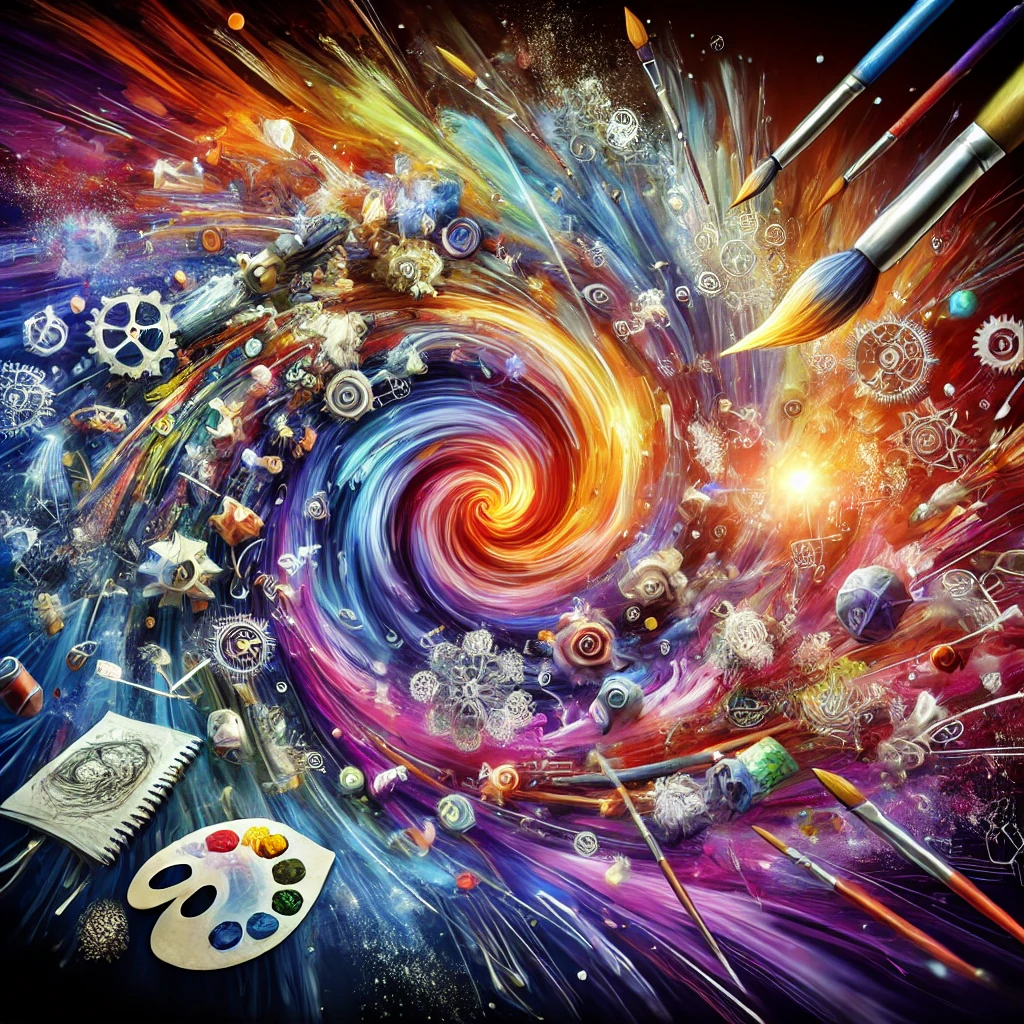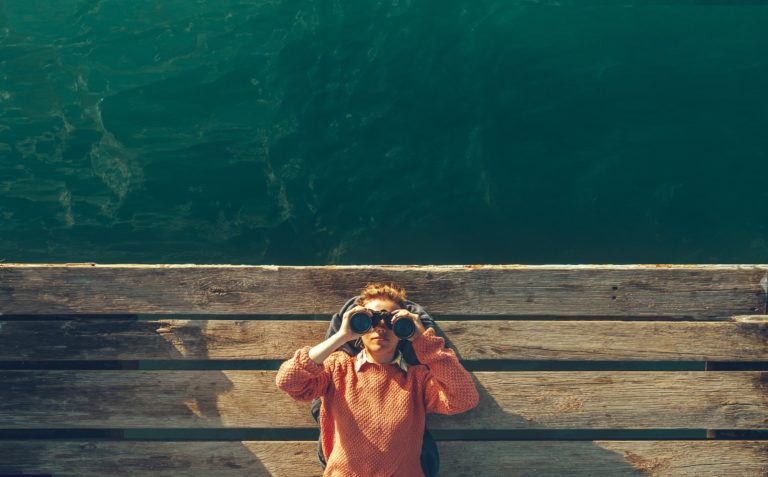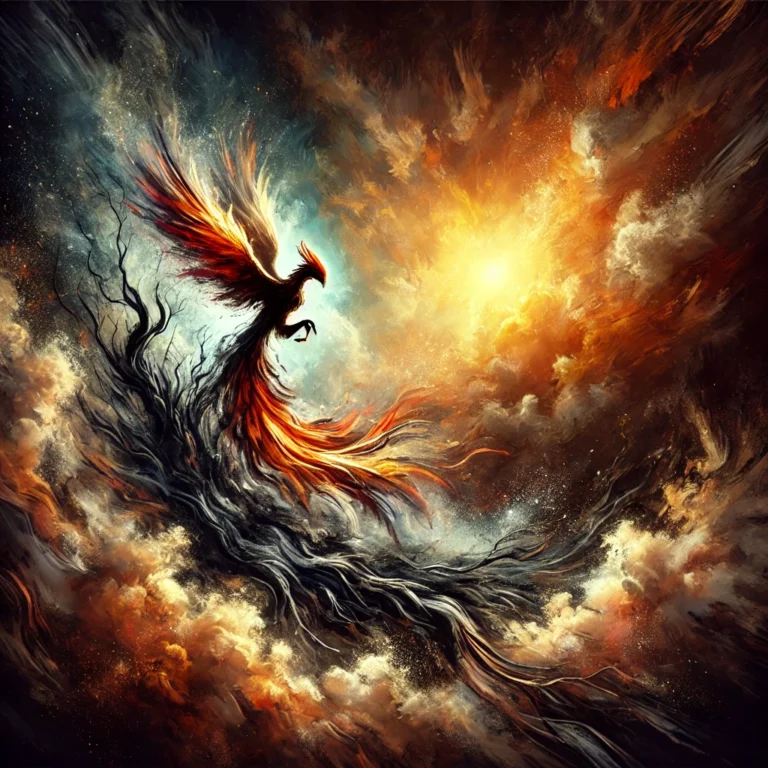8 essential cognitive capacities artists teach us for creativity and innovation

Physicist Arthur Zajonc once wrote, “Artists are the harbingers of the future mentality required both by science and by the imperatives of living in our precarious times… We now truly stand in need, not only as scientists but as a civilization, of the artists’ cognitive capacities.”
From my 20 years of teaching creative process courses, here are the eight most essential “cognitive capacities” that artists bring to the table:
1. Artists Teach Us to Embrace the Unknown
Our social world prizes expertise, often dismissing the humility of being a beginner. Words like “neophyte” and “rookie” suggest inadequacy. Yet, the creative process thrives on not knowing. As the philosopher Epictetus said, “It is impossible to begin to learn that which one thinks one already knows.” Artists open themselves to new perspectives, letting go of preconceived notions to make room for discovery.
2. Artists Show Us How to Dwell in Ambiguity
Creativity is rarely a straight path. It requires navigating murky, undefined spaces. Artists demonstrate how to “feel their way” through this ambiguity, trusting the process rather than seeking immediate clarity.
3. Artists Pursue Inner Visions with Stubborn Commitment
Great artists trust their inner voice—even when others don’t understand their work. They persevere through doubt and ambiguity, immersing themselves in mystery without knowing where it will lead. This persistence requires extraordinary courage and resilience.
4. Artists Playfully Push Boundaries
Play is an essential element of creativity. Artists aren’t afraid to look foolish, knowing that exploration often leads to brilliance. From Picasso’s bold experiments to the Beatles’ whimsical songs, playfulness opens the door to innovation and fresh perspectives.
5. Artists Reimagine the World
Artists have a gift for making the familiar strange. Leonardo da Vinci would restructure problems from multiple perspectives, deepening his understanding with each shift. Artistic work challenges us to step back and see the world in new ways.
6. Artists Connect the Unconnected
Artists excel at forging connections between dissimilar ideas. Leonardo da Vinci famously linked the sound of a bell to a stone hitting water. Metaphor—a hallmark of creative thinking—bridges unrelated concepts to reveal deeper truths, sparking innovation in ways linear thinking cannot.
7. Artists Work with Visual Images
Einstein attributed much of his genius to visual and kinesthetic imagery rather than words. Similarly, the creativity of the Renaissance was fueled by drawings and diagrams. Artists show us how to make ideas visible, transforming abstract concepts into something tangible and sharable.
8. Artists Break Norms to Create New Worlds
Artists don’t just contribute to existing disciplines—they redefine them. By stepping into new terrain and abandoning conventional approaches, they inspire others to think beyond established boundaries.
Artists teach us to embrace uncertainty, take risks, and connect with our inner vision. Their cognitive capacities offer essential tools for solving the complex challenges of our time.





